As part of its initiatives to ensure a smooth new school year, the Ministry of Education said that it will include e-textbooks on its educational portal.
According to a statement issued by the ministry, the decision to include the books electronically was taken following delay caused by the Covid-19 pandemic in printing of some of the textbooks.
“Alternative means have been developed to deal with delay in printing and supply of the books. The ministry is coordinating with the printing presses for the availability of the books at the earliest”, the circular said.
Like other sectors of the economy, the printing sector too was impacted by the coronavirus pandemic in terms of availability of manpower and printing materials, the statement said, adding “the e-textbooks can be downloaded using the link at the ministry’s website”.
Meanwhile, the ministry has made elaborate arrangements for the new 2020/2021 academic year, which started on Sunday.
“The administrative and teaching staff and other officials associated with them in different schools in the Sultanate began their work for the new academic year”, a statement posted on the ministry’s twitter handle said.
The ministry of Education in cooperation with the Ministry of Health has started placing precautionary measures in place at all their schools.
According to the National Centre of Statistics and Information (NCSI), North Al Batinah had the highest 17.6 per cent schools in the government in 2020/2021, followed by Muscat with 14.9 per cent and Dhofar with 13.5 per cent.
The total number of schools operating in the Sultanate stood at 1,893 during this period, which is 153 less than the previous year. The 2020/2021 academic year also witnessed a drop in the number of private schools, which fell from 662 to 834.
While there are expected to be 56,569 teachers in government schools this year including 17,881 males, and 38,688 are females, the number of administrative and technical staff reached 10,878.
The Omanisation rate for teaching staff stands at 84.8 per cent, while it is far higher at 99.8 per cent for administrative and technical staff.



